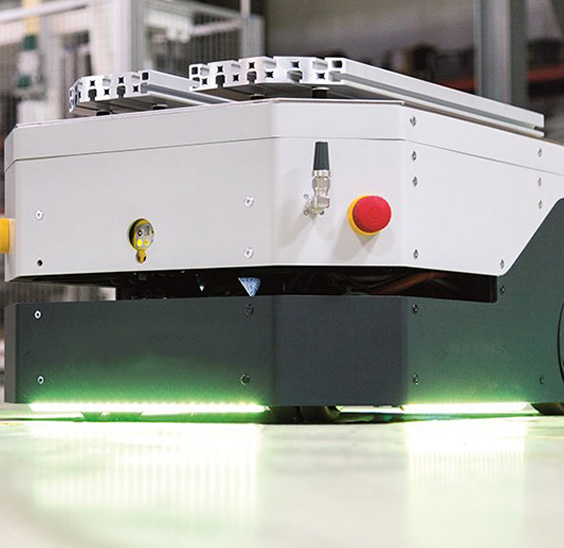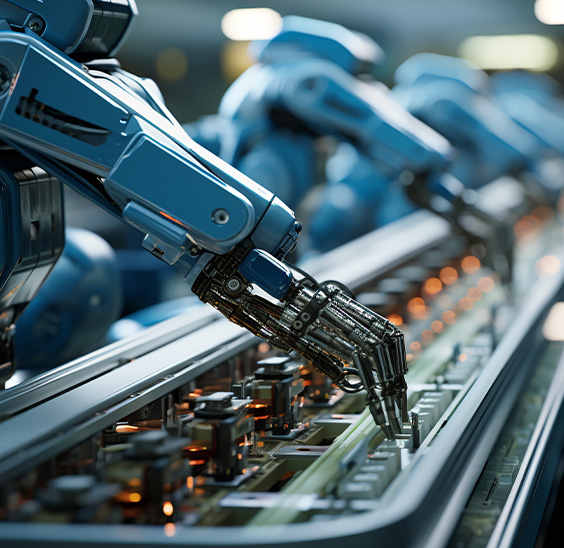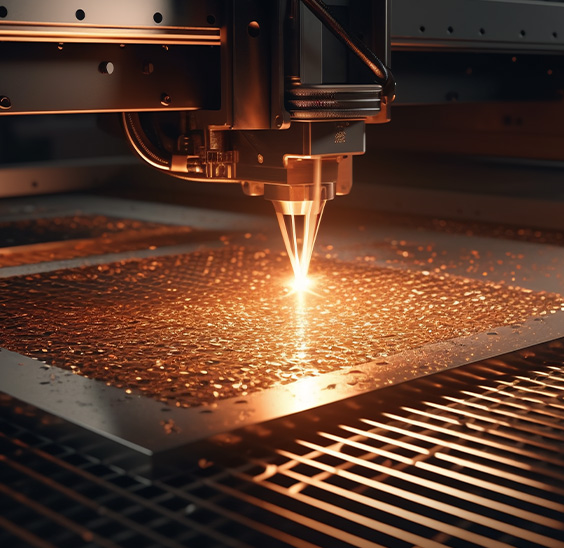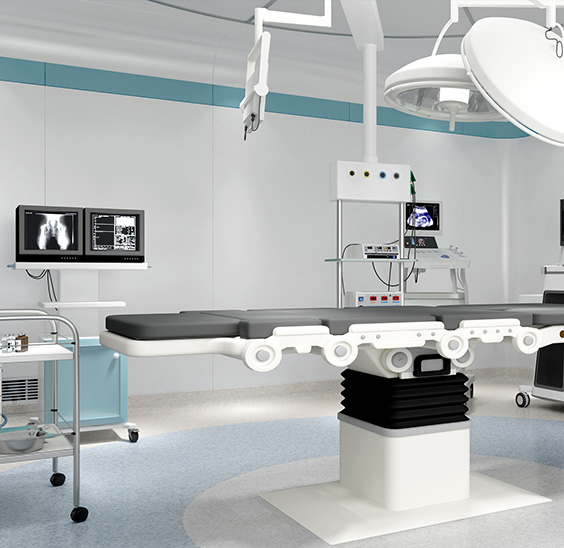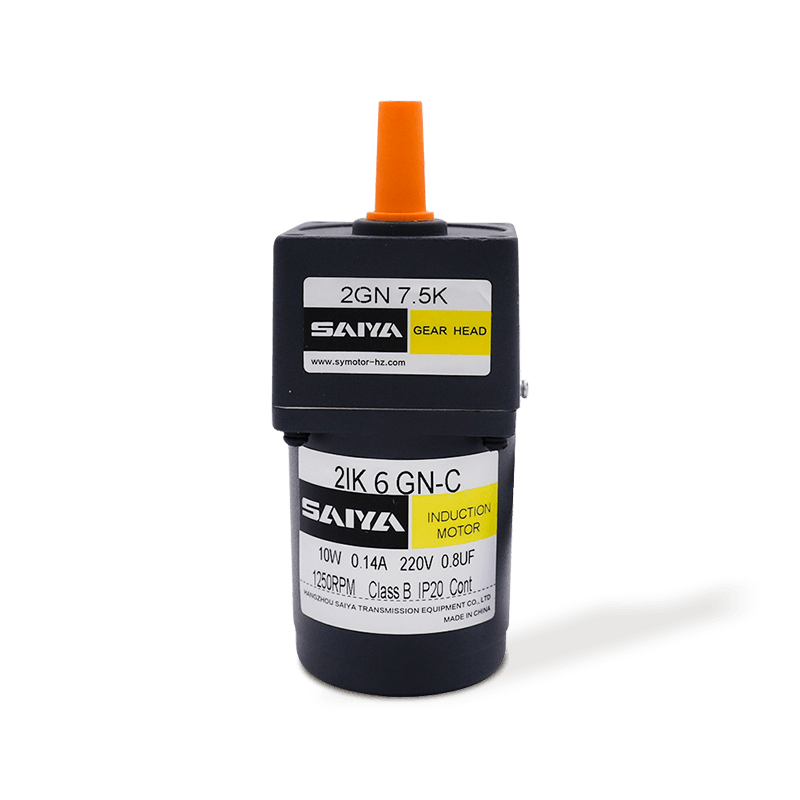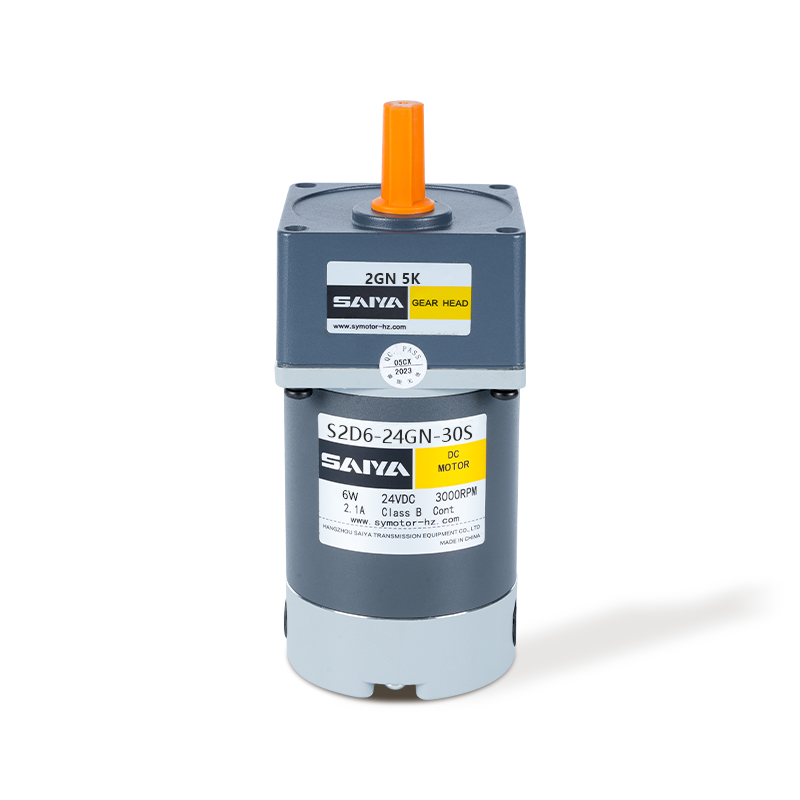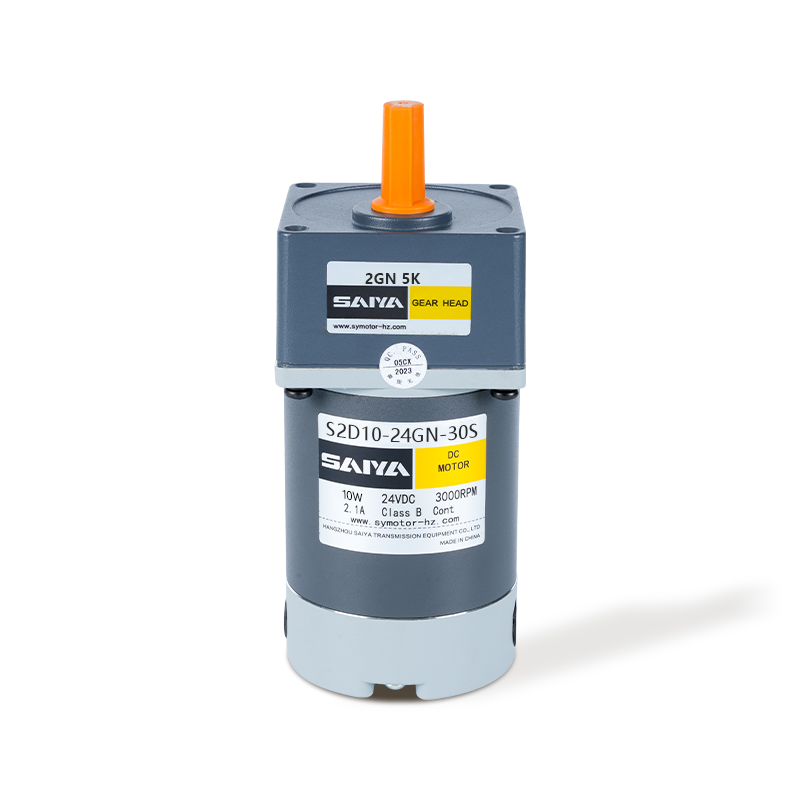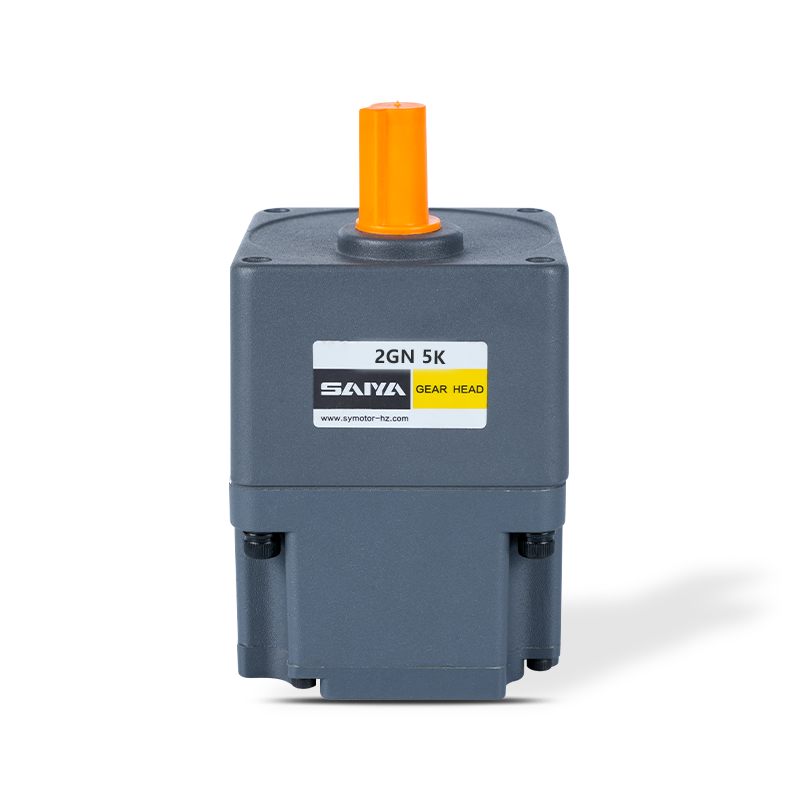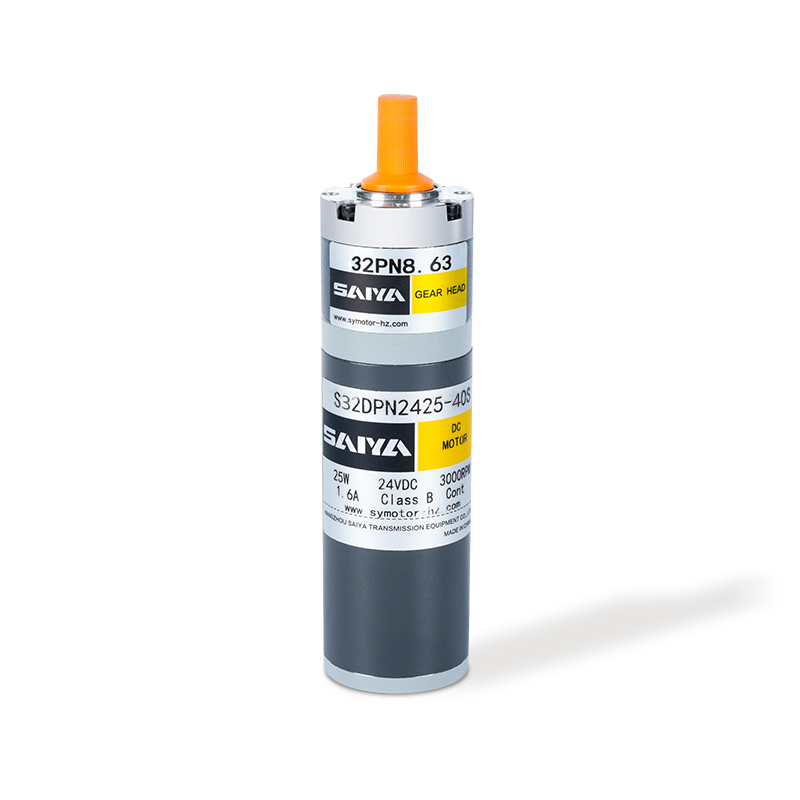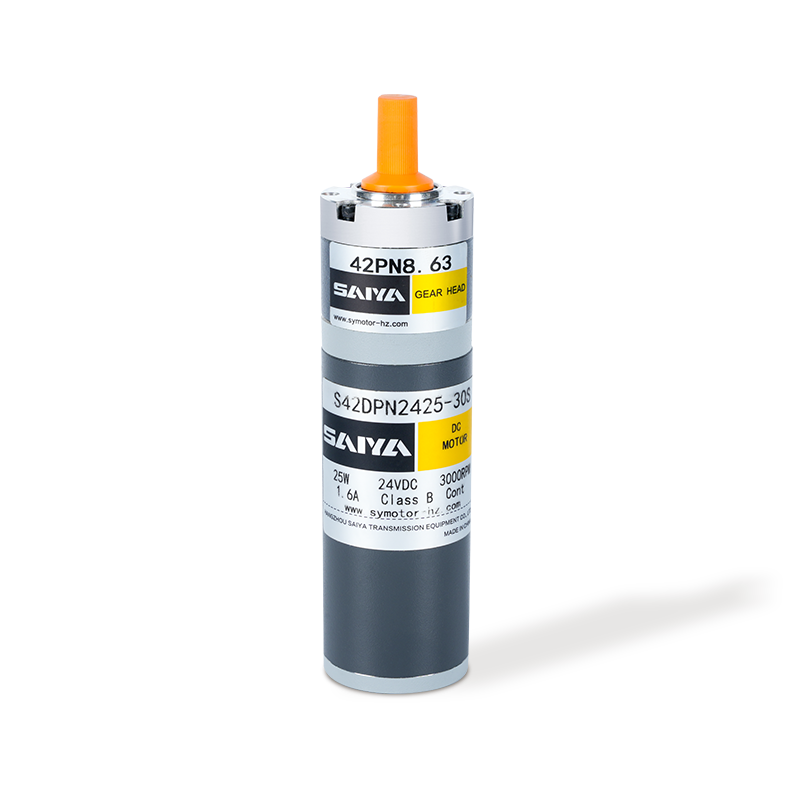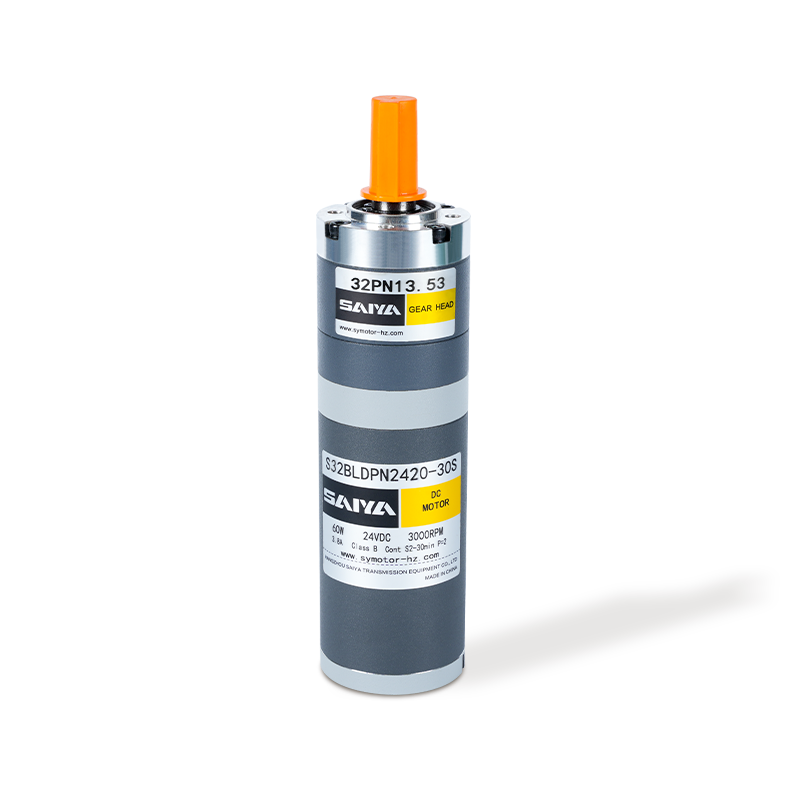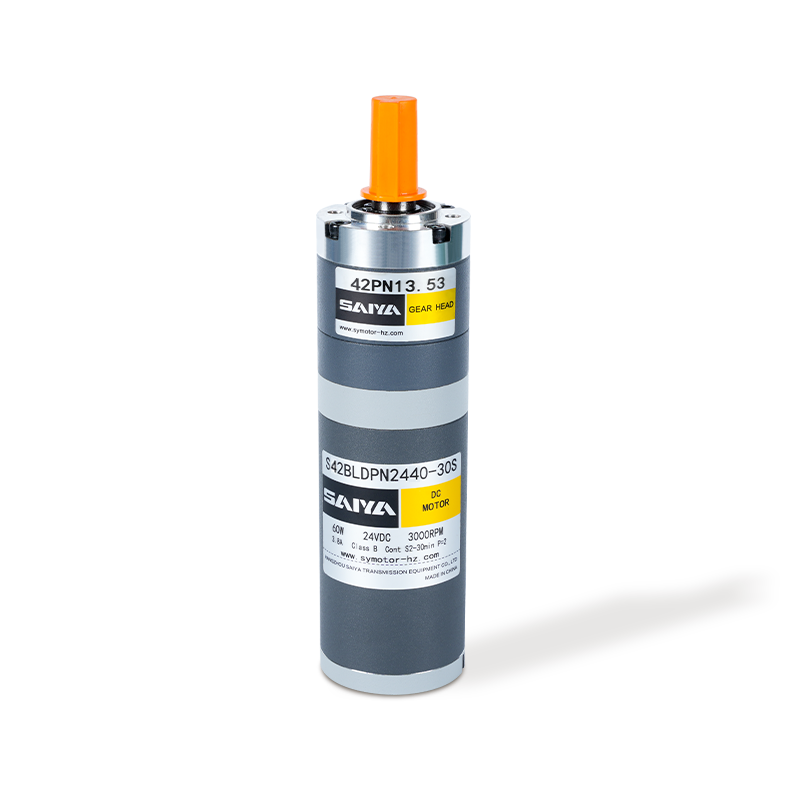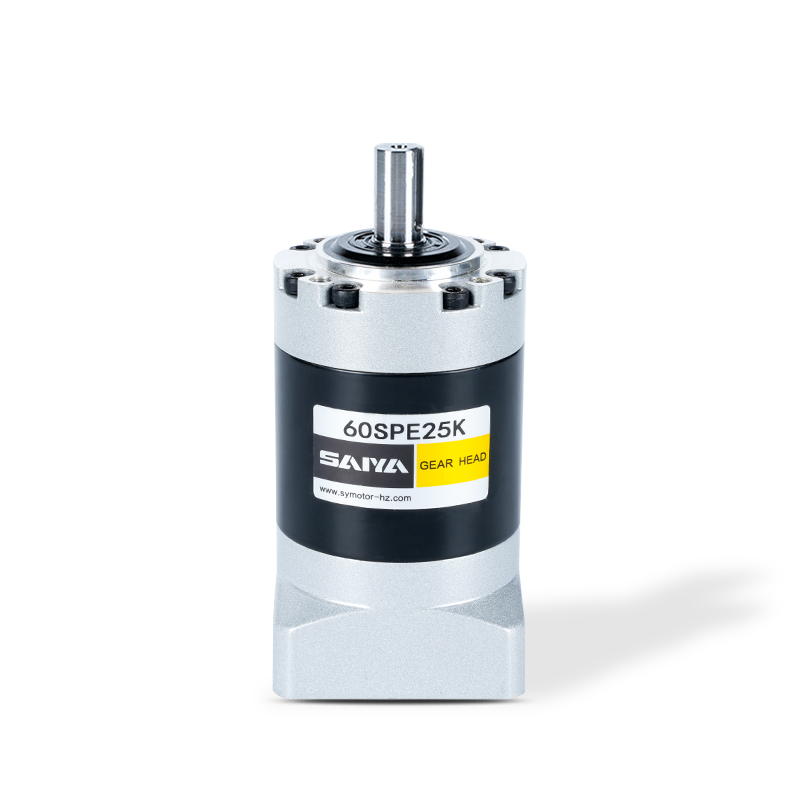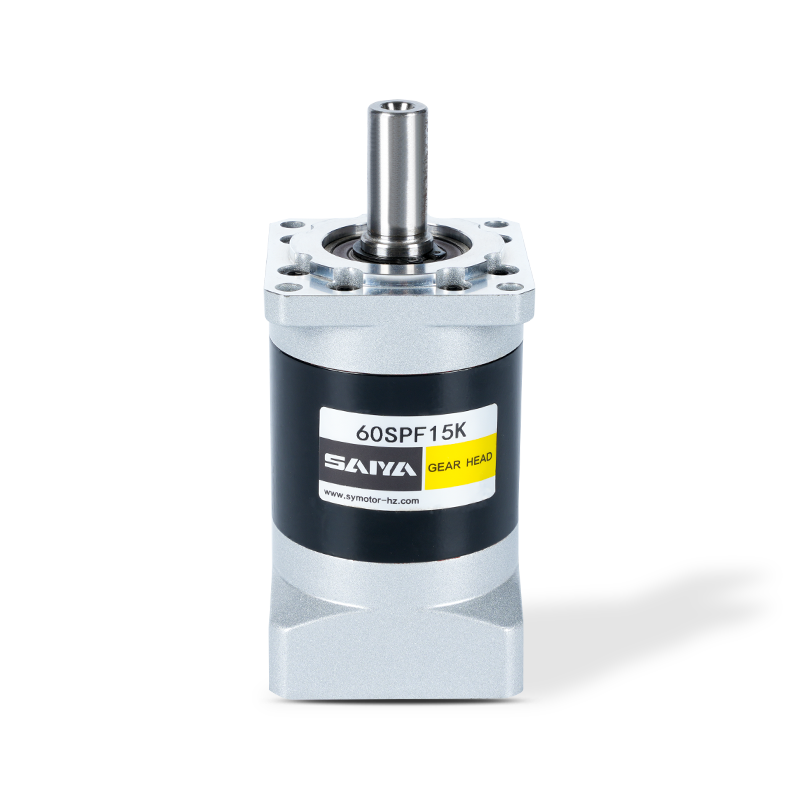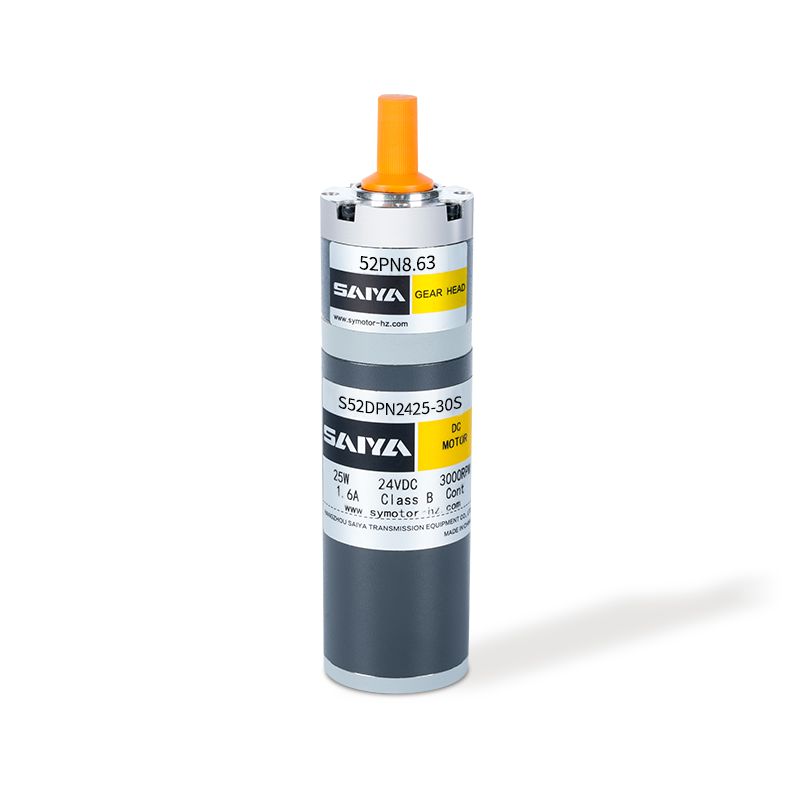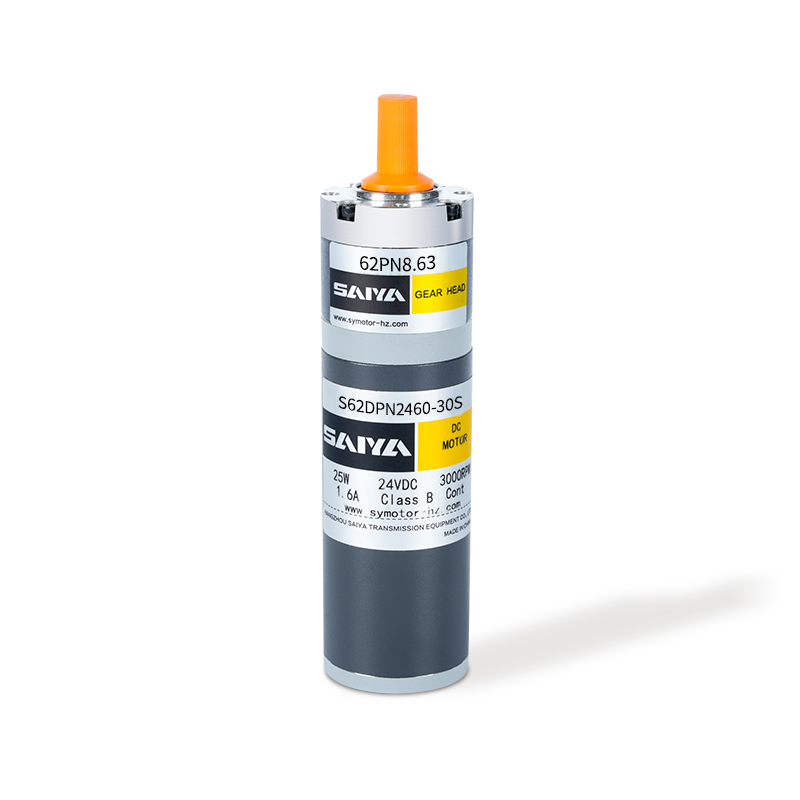A Dance of Precision that Overturns Tradition: Unveiling the Core Secrets of Harmonic Reducers
In the precision world of modern industry, every tiny movement is crucial, and every corner carries the wisdom of countless engineers. When discussing high-precision transmission in robotics, automated equipment, and even aerospace, one name always comes up: harmonic reducer. It's not just a simple upgrade of the traditional gearbox, but a revolutionary art of transmission, a perfect fusion of precision and power.
The "Tai Chi" of Mechanical Transmission: An Innovative Philosophy of Overcoming Hardness with Softness
Traditional gear reducers operate on a crude and straightforward principle, using rigid gear meshing to reduce speed and amplify torque. However, this straightforward, "hard-core" approach often falls short when demanding extremely high precision and zero backlash. The minute gaps between gears and the loss of precision caused by wear become bottlenecks that limit their application.
The harmonic reducer, however, takes a different approach, employing a "soft-overcoming-hardness" philosophy. Its core components include three: a wave generator, a flexspline, and a rigid spline. The wave generator is an elliptical flexible bearing with a deformable, thin-walled outer ring. As it rotates, it continuously "squeezes" and changes the shape of the flexspline inside it. The flexspline is a thin, cup-shaped metal component with a single outer ring of teeth. The rigid wheel is a rigid ring gear with an inner ring of teeth with a slightly different number of teeth than the flexspline.
This unique structure imbues the operation of the harmonic reducer with a rhythmic "Tai Chi"-like movement. The rotation of the wave generator causes the flexspline to "stretch" along the major axis of the ellipse, meshing with the teeth of the rigid wheel. Along the minor axis, the flexspline and the rigid wheel are disengaged. As the wave generator rotates, the meshing point on the flexspline continuously shifts, like a wave propagating. This difference in the number of teeth between the flexspline and the rigid wheel is the key to achieving speed reduction. With each rotation of the flexspline, the teeth on its outer ring move only a small angle relative to the rigid wheel, resulting in a significant reduction ratio. This unique meshing method inherently offers the advantage of zero backlash, as it transmits motion through flexible deformation rather than simple gear meshing.
The Ultimate Challenge of Precision Manufacturing: Every Millimeter is an Art
Every component of a harmonic reducer places extremely stringent demands on its manufacturing process. The flexspline, as the core deforming component, requires extremely high fatigue strength and wear resistance, while its wall thickness must be precisely controlled to ensure it can withstand repeated deformation without permanent deformation. The tooth profiles of the rigid and flexsplines must also be meticulously calculated and optimized to ensure uniform stress distribution during meshing and avoid localized stress concentrations that can lead to premature failure.
The wave generator, the "heart" of the harmonic reducer, has an elliptical shape whose precision directly impacts the transmission accuracy and stability of the entire reducer. Even the slightest dimensional deviation can lead to uneven motion or backlash. Therefore, the manufacturing process requires advanced processes such as ultra-precision grinding and electrical discharge machining to ensure that each component is as precise as a work of art. This challenge to manufacturing limits is the fundamental reason why harmonic reducers can offer such high precision.
The Invisible Warrior of Transmission Efficiency: Striving for Balance in Friction
Many might assume that such complex deformation and meshing processes inevitably lead to significant energy losses, thus reducing transmission efficiency. However, this is not the case. Harmonic reducers were designed with efficiency in mind. While there is internal friction caused by flexspline deformation and sliding friction between tooth surfaces, these losses can be kept within acceptable limits through optimized tooth profile design and proper lubrication.
While its transmission efficiency may be slightly lower than that of planetary gear reducers under certain extreme operating conditions, its advantages—high precision, zero backlash, compact structure, and lightweight—make it irreplaceable in many applications. In particular, its high responsiveness and shock-free transmission characteristics make it a leader in servo systems that require frequent starts and stops, as well as forward and reverse switching. Its presence is like an invisible warrior, quietly contributing its strength in the field of precision transmission.
The Evolution of the Heart of Industry: From Simple Transmission to Intelligent Execution
The harmonic reducer is more than just a mechanical transmission component; it symbolizes the evolution of the heart of modern industry. In robotic joints, it provides high-precision, high-torque drive for every degree of freedom, enabling robots to perform complex tasks such as grasping, welding, and assembly. In medical equipment, it provides precise control for surgical robots, offering doctors a wider range of operating space. In semiconductor manufacturing equipment, it delivers millisecond-level accuracy for wafer handling and positioning, ensuring high chip yields.
In the future of high-precision industrial applications, the harmonic reducer will continue to play an indispensable role. It is not only the "joint" of robots and automated equipment, but also the "flexible" cornerstone of future technology. Its unique "flexible" transmission system is creating a more precise, efficient, and intelligent industrial world for humanity.


 EN
EN  English
English 中文简体
中文简体 русский
русский Español
Español
